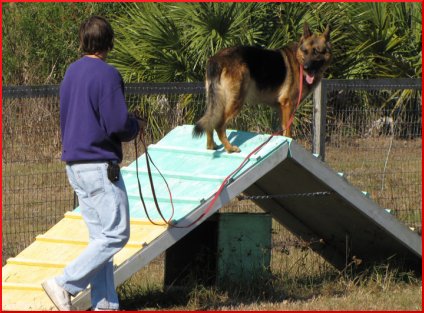
What is this thing called displacement behavior, anyway? University of Colorado professor Michael D. Breed says:
Research on animal welfare has used displacement behavior as a measure of anxiety induced by captivity or other manipulations… Displacement behavior is usually thought of as self-grooming, touching, or scratching, which is displayed when an animal has a conflict between two drives, such as the desire to approach an object, while at the same time being fearful of that object.
Other experts also describe it as behavior that is irrelevant or incongruous, but only because it is out of context and doesn’t fit within the script or scenario of the moment. There is nothing intrinsically wrong with doing it, it’s just not the appropriate time.
Generally, the term seems to be reserved for animals. When scientists started to discuss human activity in terms of displacement behavior, they came up with different terminology for humans. How does the notion carry over to discussion of human ways?
In A Dictionary of Ethology, Klaus Immelmann says:
The term derives from the hypothesis that when two mutually antagonistic tendencies, such as attacking and fleeing, block one another, the motivational energy jumps over into the pathways of another functional system…
In experimental psychology the term ‘adjunctive behavior’ has been used for the kinds of behavior that ethologists call displacement. In Freudian psychoanalysis the notion of sublimation has some similarity to the ethological notion of displacement. The Freudian use of term ‘displacement’ has more in common with what ethologists call redirection.
Imagine a teenager who is torn between two conflicting impulses. Part of him knows he should go and run around the track a few times. Another part of him knows he should hit the books and get ready for an upcoming exam. Unable to apply itself whole-heartedly to either task, his motivational energy “jumps over into the pathways of another functional system” — the digestive system — and he chooses a third alternative, popping a frozen pizza into the oven and searching the refrigerator for his favorite sugar-sweetened beverage. Problem solved!
An animal behavior consultant who goes by the handle “voice4dogs” puts it this way:
Simplified, they are species-normal actions expressed out of context to temporarily reduce anxiety, unease, uncertainty. The pooch feels confused or pressured, needs more time or information, or simply is bored.
A dog who, for some reason, feels conflicted about chasing a stick or obeying some other command will stop to shake its head or do some other irrelevant thing, and trainers are warned not to put up with this. Part of the concept of obedience is that commands should be carried out immediately, and when a dog gets away with stalling around, it is testing how far the limits of obedience can be stretched. In other words, displacement behavior can also be seen as an attempt to usurp control, denying the upper hand to the one who feels legitimately entitled to be the boss, i.e., the trainer.
Dr. Breed writes about experimentation with multiple animals:
Dominant animals caused an increase in self directed behaviors by 40 %, indicating a higher level of social anxiety caused by the proximity of a dominant animal… Leavens et al. (2001) gave captive chimps problems of varying difficulty to solve. If their chimps started with an easy problem and then progressed to more difficult problems they displayed more SDB’s when confronted with the difficult problems. Chimps who only received difficult problems did not display more SDB’s.
The human parallels are obvious. People also feel anxiety, uncertainty, unease, confusion, pressure, unpreparedness, and boredom. On top of that, the presence of a dominant animal — a bully or a nagging parent — seems to raise anxiety in people just like it does in lab animals.
Most interesting is the part about the captive chimps who became more anxious as the difficulty of problems increased, and showed it by engaging in displacement behaviors. Apparently, chimps who were given difficult problems up front did not stress out, but just got down to work.
Is there some way to apply that information to humans, like in the educational system? Is it possible that a lot of school kids are just plain bored, and that having more stimuli to fully engage their capacities would cut down the amount of displacement behavior?
Your responses and feedback are welcome!
Source: “Displacement Behavior,” AnimalBehaviorOnline.com, 2002
Source: “A Dictionary of Ethology,” Google Books
Source: “Displacement Behaviors,” Mindful Leadership, 05/21/11
Image by airwaves1.

 FAQs and Media Requests:
FAQs and Media Requests: 











